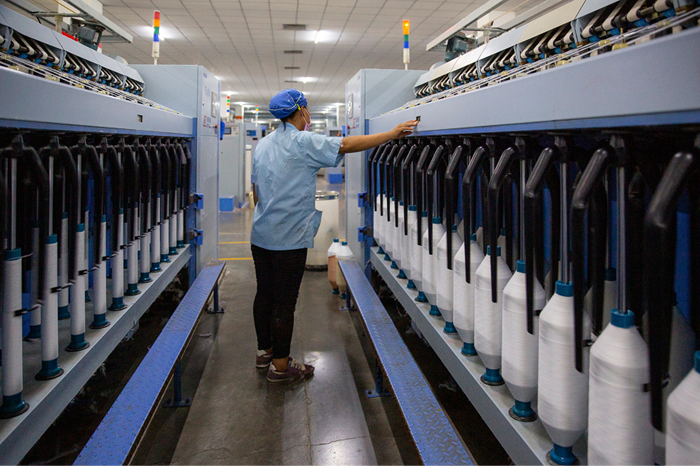Hit by a rise in cross border tension, the textile industries in both Pakistan and India are in serious dilemma as cotton trade between the two countries has been in animated suspension as no new deals are being thrashed. However, one can see a bit of silver lining with Pakistan’s Cotton Commissioner Khalid Abdullah revealing that a low quantum of trade activity is still taking place.
The government has not asked importers to stop buying cotton from India but many of them are not buying on their own as a gesture of national solidarity. However, Indian exporters are refusing to sell the commodity at their government’s behest, although they know that they would be losers.
Pakistani spinners are the biggest buyers of Indian fibre. Imports of a lesser quantity by Pakistan this year could hurt Indian exports, raise their prices and help rival cotton exporters like Brazil, the United States and some African countries. And for the industry in Pakistan, buying the raw material from other sources may prove costly owing to long distance freight. In fact, the situation is in a wait-and see mode. Cotton trade between the two countries is worth $822m a year.
Suspension in cotton trade comes at a time when Pakistan’s cotton crop has recorded an overall decrease of 15 per cent over that of last year. This has added to the industry’s woes. Though Pakistan begins importing from September, but this time there has been little activity so far.
In fiscal year 2015-16, official trade between India and Pakistan was recorded at $2.6 billion with cotton being a major component. However, in the crop year that ended on September 30, Pakistan was India’s biggest cotton buyer after its own crop was hit by drought and whitefly pest. According to an estimate, Pakistan will need to import at least three million bales in 2016-17. On Oct 7, the Cotton Crop Assessment Committee (CCAC) estimated the output for 2016-17 stood at 11.039 million bales. Lower output was mainly due to effects of climate change on the crop, besides pests like pink bollworm and whitefly.












